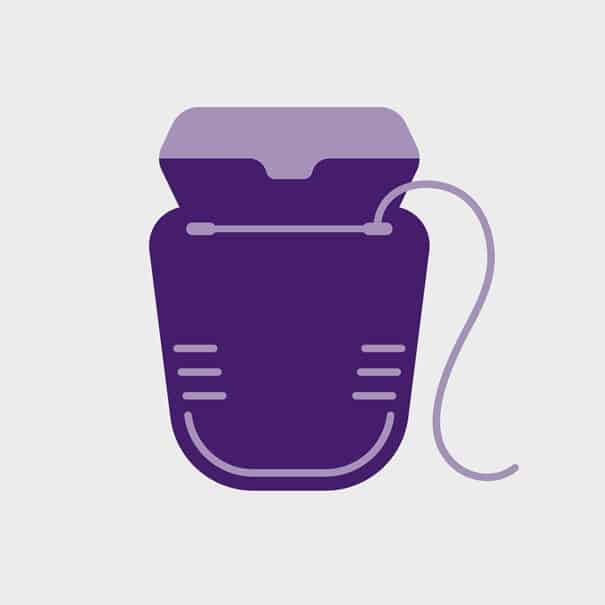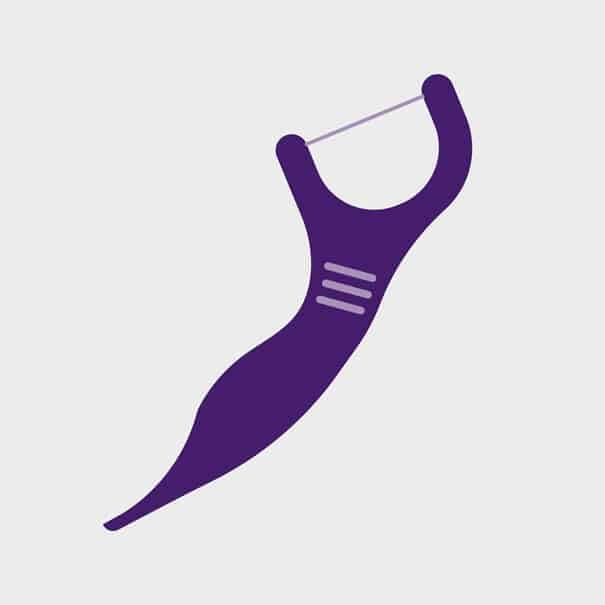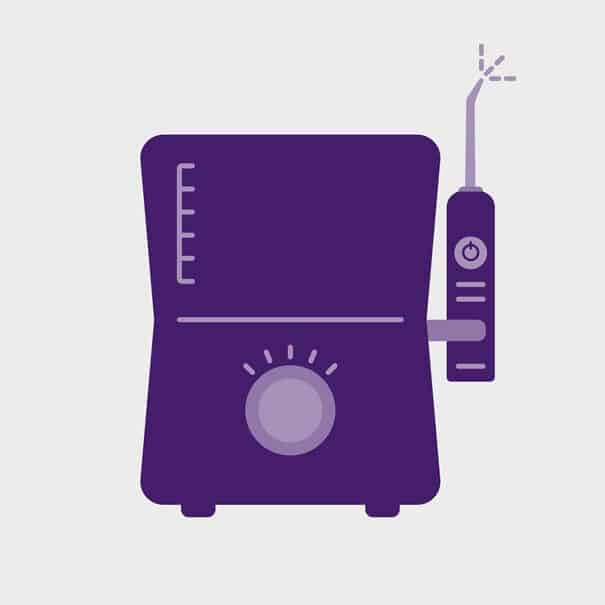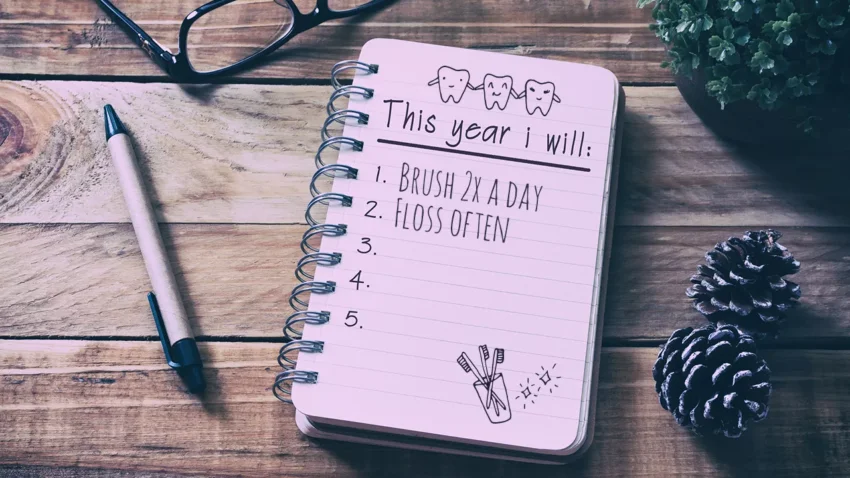With the start of a new year, many prepare to dust off ambitions and recommit to goals of better health.

Virginia G. Carrillo, MEd, BSDH, RDH, a dental hygienist at The University of Texas Health Science Center’s School of Dentistry, shared important information for those looking to improve their oral health next year by pledging to floss regularly.
“Flossing might be uncomfortable at first, especially if the gums are tender due to inflammation or if someone is not in the habit of flossing,” but taking the step to commit to it regularly can drastically enhance the health of teeth, gums and overall health, Carrillo said.
When it comes to advising her patients on flossing, Carrillo, also an assistant professor/clinical in the Department of Periodontics’ Division of Dental Hygiene, stresses the importance of tailoring the approach to an individual’s age and stage of life.
“As clinicians, we evaluate a patient’s dexterity and comprehension levels before recommending oral health care tools,” she said. “There are many types of floss on the market, so it’s important to help each patient find one that fits their needs.”
String floss
String floss is the most traditional flossing tool and while there are several brands on store shelves, Carrillo says proper technique is more important than the type of floss chosen — she advocates for the c-shape technique.
 “C-shape flossing allows the patient to move the floss up and down between adjoining teeth to remove plaque, a sticky biofilm that naturally forms on the tooth’s surface, and food debris,” Carrillo said
“C-shape flossing allows the patient to move the floss up and down between adjoining teeth to remove plaque, a sticky biofilm that naturally forms on the tooth’s surface, and food debris,” Carrillo said
To use the c-shape technique, remove a forearm-length of floss and wrap the ends around each middle finger, so index fingers and thumbs are free to guide floss around teeth. Starting at the back of the upper or lower jawline, gently slide floss between teeth while curving it into a c-shape around the side of one tooth. Move the floss back and forth while taking it below the gum line as far as it will go and back up again. Before removing the floss, repeat the motion on the adjacent tooth.
It’s important to keep flossing gentle, Carrillo said. “Popping the floss between the teeth may cause trauma to the gums. The c-shape flossing technique takes time to learn and build on like any new skill,” she said.
Floss picks
For patients who have difficulty pinching or grasping objects or for those who struggle with traditional flossing, Carrillo might recommend a floss pick over string floss.
 A dental floss pick is a small plastic tool with a curved end that holds a short length of floss in place, making it a comfortable tool to hold. To use, the floss section should be pushed between teeth using a gentle sawing motion. Once in place, a soft up and down movement will help release plaque.
A dental floss pick is a small plastic tool with a curved end that holds a short length of floss in place, making it a comfortable tool to hold. To use, the floss section should be pushed between teeth using a gentle sawing motion. Once in place, a soft up and down movement will help release plaque.
“I like to explain that the gingival tissues or gums will not hug a dirty tooth, they will pull away from the tooth until the bacterial plaque biofilm is removed,” Carrillo said. “Toothbrushing is very important, but it does not reach in between teeth to effectively remove plaque.”
The bacteria that grow and colonize on plaque within the crevices of teeth and under the gumline are what leads to cavities, gum disease, dental infections and other complications.
Water flosser
“Patients with braces have more of a flossing challenge since they must work around the wires and brackets of their braces,” Carrillo said. Dental implants, crowns and other appliances can also make it difficult to remove plaque and trapped food.
 A water flosser is a tool that Carrillo might recommend to a patient of hers who is having trouble with other flossing methods. The device uses a stream of pulsating water to clean between dental appliances, between teeth and within the gum line.
A water flosser is a tool that Carrillo might recommend to a patient of hers who is having trouble with other flossing methods. The device uses a stream of pulsating water to clean between dental appliances, between teeth and within the gum line.
For patients with bridges and implants, Carrillo finds that using a water flosser in combination with another flossing method ensures the surfaces between teeth are thoroughly cleaned.
For proper usage of a water flosser, Carrillo recommends asking for a demonstration by a dental provider.
Floss the ones you want to keep
In addition to considering flossing tools, Brian Secrist, DDS, FAGD, a provider at UT Dentistry’s General Dentistry Clinic, emphasized the importance of patients knowing what flossing routine will work best for their lifestyle.

“If you were to consider flossing on a regular basis, decide if you will be an evening flosser or a morning flosser,” he said. “The trick, if you decided to become an evening flosser, is to drape a piece of floss over your toothbrush after brushing in the morning. When you return in the evening, seeing the floss dangling on the toothbrush may motivate you to floss before brushing again.”
“You don’t need to floss all of your teeth, just the ones you want to keep,” Secrist said to point out that a daily routine of flossing is a small but crucial step toward maintaining good oral health in the coming year.
Schedule an appointment with UT Dentistry’s General Dentistry Clinic to learn what flossing method is best for you by calling 210-567-6453 or booking online.


